Physicians' Gallery Newsletter
Updates on upcoming events, exhibitions and online stories
Empowering medical excellence, shaping healthcare futures.
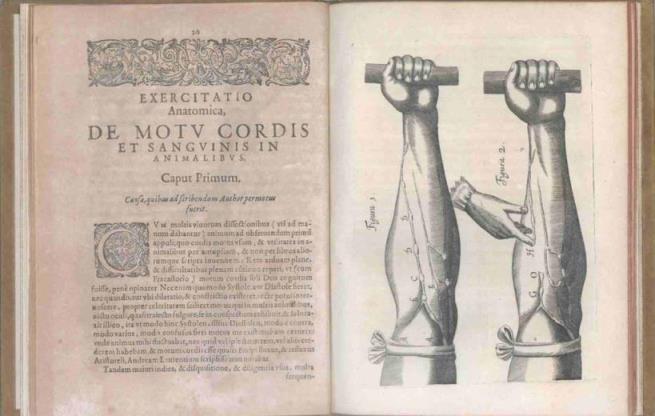
Harvey’s De motu cordis is generally regarded to be the most important single work in the medical literature, and the foundation of modern medicine. It provided for the first time an accurate description of the heart's actions. Contrary to centuries of tradition Harvey argued that the heart did not constantly produce blood, but circulated it through the body and in one direction only. He noted that when an artery is cut, the blood spurts out as if under pressure.
The College copy is from the library of Sir James Young Simpson.
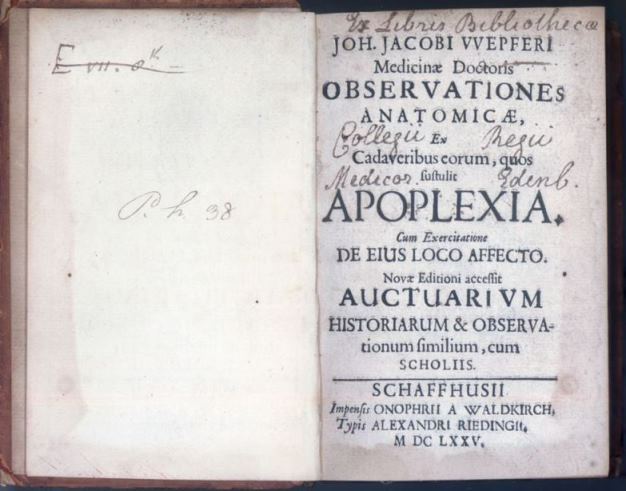
One of the most important books in the study of apoplexy. Wepfer was city physician at Schaffenhausen in Switzerland when he carried out meticulous examinations on the cerebral blood vessels and brains of patients who had suffered apoplexy. The above work, describing four cases with clinical and post-mortem findings, was the first to show that apoplexy was a result of cerebral haemorrhage. Wepfer was also the first to note that apoplexy could be caused by a blockage of one of the main arteries supplying blood to the brain.
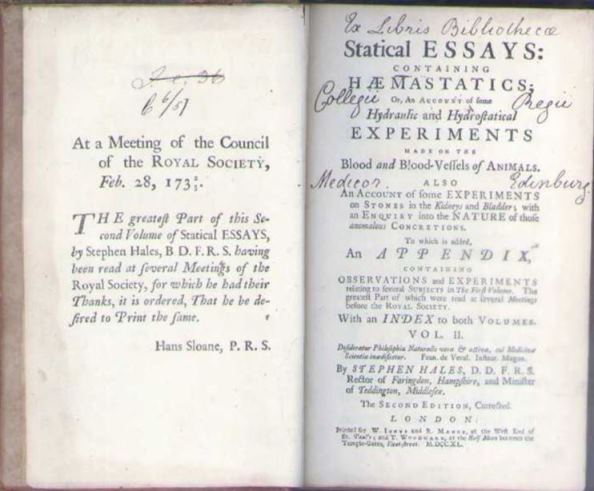
Stephen Hales was the curate of a small country parish for over fifty years. His invention of the manometer is probably the most outstanding contribution to medicine made by a non-medical researcher. Hales inserted one end of a brass tube into the artery of a horse. To the other end he attached a vertically positioned glass tube, nine feet in length. On untying the ligature on the artery, blood rose in the tube to a height of eight feet three inches above the left ventricle of the heart. This is the first recorded demonstration of the measurement of blood pressure. His pioneering studies of blood pressure, peripheral resistance, cardiac capacities and blood velocity were the greatest advance in circulatory physiology since Harvey’s work over one hundred years earlier.
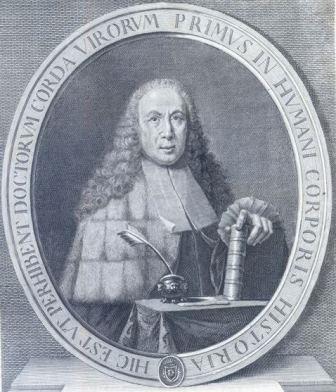
One of the most important books in the history of medicine. This monumental work established the organ concept of disease and made pathological anatomy a major medical discipline. In exhaustive detail Morgagni reports on nearly 700 cases and autopsies. One case describes a patient who died with edema and a bladder stone. This is generally regarded to be the first description of familial hypertension. From his investigations, Morgagni concluded that death was due to hereditary bladder stone disease and apoplexy.
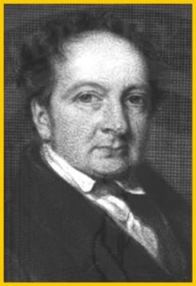
Cheyne graduated MD at Edinburgh and was a Fellow of this College. Although better known for his description of periodic breathing (Cheyne-Stokes respiration), he was also the author of the above classic treatise on apoplexy. It outlined his concept of the role played by cerebral circulation in apoplexy, and includes the first illustration of a subarachnoid haemorrhage.
Poiseuille improved upon blood pressure measuring apparatus by substituting the short tube of a mercury manometer for the inconveniently long tube that Hales had used. Connection with the artery was established by means of a hollow lead tube filled with potassium carbonate to prevent coagulation. Poiseuille’s haemodynamometer showed that blood pressure rises and falls with expiration and inspiration.
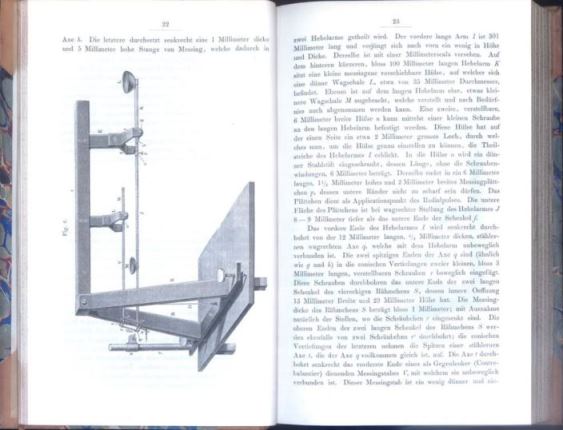
The search for a more accurate method of determining blood pressure led to Vierordt’s invention of the sphygmograph. This was the first instrument with which a tracing of the human pulse could be made. His method of using weights was cumbersome and inexact, but he did establish the principle that blood pressure could be found by measuring the counter pressure needed to obliterate the arterial pulsation.
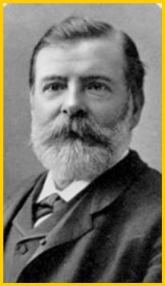
The French physiologist Marey was a pioneer in the study of blood pressure and the developer of the first practical sphygmograph. Marey’s invention magnified the movement of the pulse and recorded a tracing of it on to paper. The above work was a comprehensive study of the circulatory system in its normal and diseased states. Marey, who also pioneered the use of sequential photographs as a study of the mechanics of locomotion, is regarded as a major contributor to the development of the motion picture.
The first instrument which did not necessitate puncturing the skin was introduced by Samuel von Basch. A balloon was placed over the artery in the wrist and compressed until no pulsation could be felt. The pressure at which the pulsation disappeared gave a reasonably accurate measurement of systolic pressure. Basch soon realised that the higher the systolic pressure, the greater the risk of stroke and kidney disease. In 1896 the Italian physician Scipione Riva-Rocci introduced the inflatable cuff which could be placed over the upper arm to constrict the brachial artery.
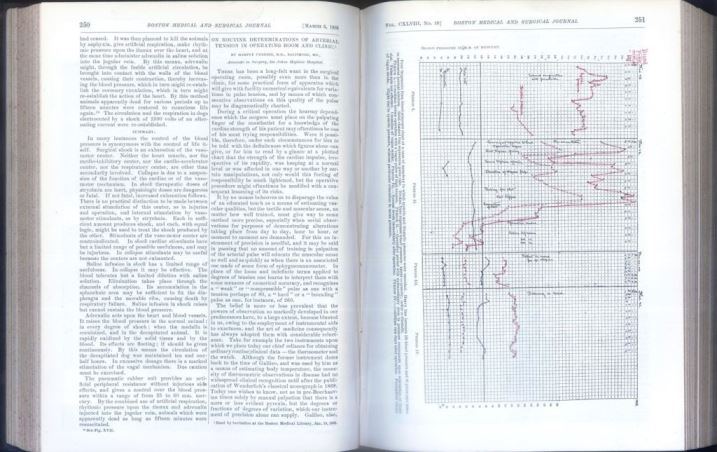
Riva-Rocci’s apparatus was little known until Harvey Cushing visited Pavia in 1901. The American neurosurgeon was so impressed by the Riva-Rocci sphygmomanometer he requested that he take one back to Baltimore where he could promote its use. After successfully using it in his surgical operations Cushing was invited to a specially convened meeting in Boston to demonstrate the value of the instrument. Cushing’s paper was published in the above journal. The mercury sphygmomanometer was soon to become the standard instrument for measuring blood pressure.
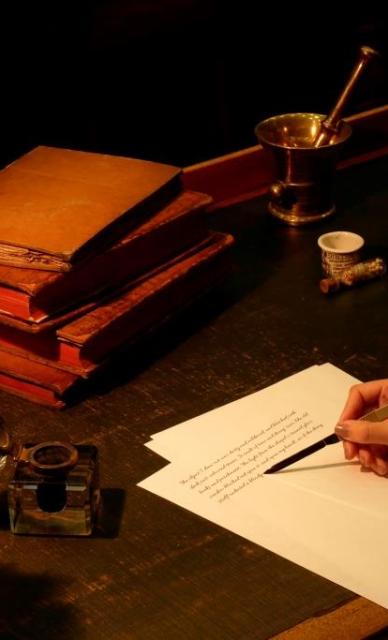
Updates on upcoming events, exhibitions and online stories